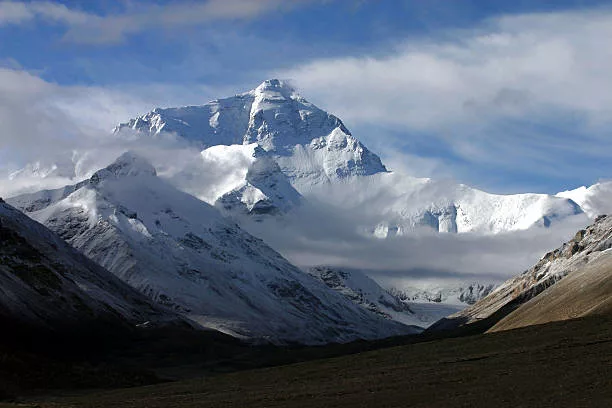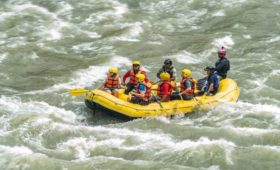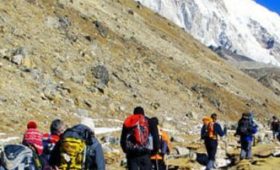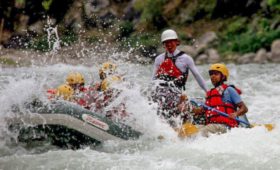Tibet, the last Shangri-La, beckons adventurers with its pristine landscapes, ancient monasteries, and the allure of the world’s highest peaks. While the region’s unique charm and altitude might seem daunting, careful planning can turn your Tibetan trek into an unforgettable experience.
Understanding the Tibetan Plateau
Tibet, often referred to as the “Roof of the World,” presents a unique set of challenges and rewards for trekkers. The high altitude requires careful acclimatization, and the remote nature of many regions demands meticulous planning. However, the rewards are unparalleled: vast, open landscapes, crystal-clear lakes, and a deep cultural immersion.
Top Trekking Destinations in Tibet
Tibet offers a diverse range of trekking experiences. Here are some of the most popular options:
- Everest Base Camp: While technically in Nepal, the Everest Base Camp trek often includes a Tibetan section, offering stunning views of the world’s highest mountain.
- Kailash Kora: A sacred pilgrimage circuit around Mount Kailash, considered holy by Buddhists, Hindus, Jains, and Bonpos.
- Trans-Himalayan Trek: Explore the remote and pristine landscapes of the Trans-Himalayan region, encountering nomadic cultures and breathtaking scenery.
- Ganden to Samye Trek: A shorter trek offering a taste of Tibetan culture and stunning mountain views.
Planning Your Tibetan Trek
- Acclimatization: Tibet’s high altitude requires careful acclimatization. Plan extra days for rest and adjust to the thinner air.
- Permits and Visas: Obtaining the necessary permits for trekking in Tibet can be complex. Work with a reputable tour operator to handle the paperwork.
- Choosing a Tour Operator: A local tour operator can provide invaluable support, including guides, porters, and accommodation arrangements.
- Gear and Equipment: Pack appropriately for high altitude conditions, including warm clothing, sturdy footwear, and essential trekking gear.
- Respecting Tibetan Culture: Learn about Tibetan customs and traditions to ensure a respectful and enriching experience.
Challenges and Considerations
Trekking in Tibet presents unique challenges:
- Altitude Sickness: Be prepared for altitude sickness symptoms and consult with a doctor before your trip.
- Remote Locations: Many trekking areas are remote, with limited infrastructure and medical facilities.
- Weather: Tibet’s weather can be unpredictable, so be prepared for all conditions.
- Cultural Sensitivity: Respect Tibetan customs and traditions, especially when visiting monasteries and sacred sites.
Tips for a Memorable Tibetan Trek
- Hire a Local Guide: A knowledgeable guide can enhance your experience and ensure your safety.
- Pack Light: Carry only essential items to reduce porter fees.
- Support Local Communities: Stay in homestays or guesthouses to contribute to the local economy.
- Capture Moments: Bring a camera to capture the breathtaking landscapes and cultural experiences.
- Respect the Environment: Leave no trace and minimize your impact on the fragile ecosystem.
Trekking in Tibet is an unforgettable adventure that offers a glimpse into a world untouched by time. With careful planning and preparation, you can create memories that will last a lifetime.




